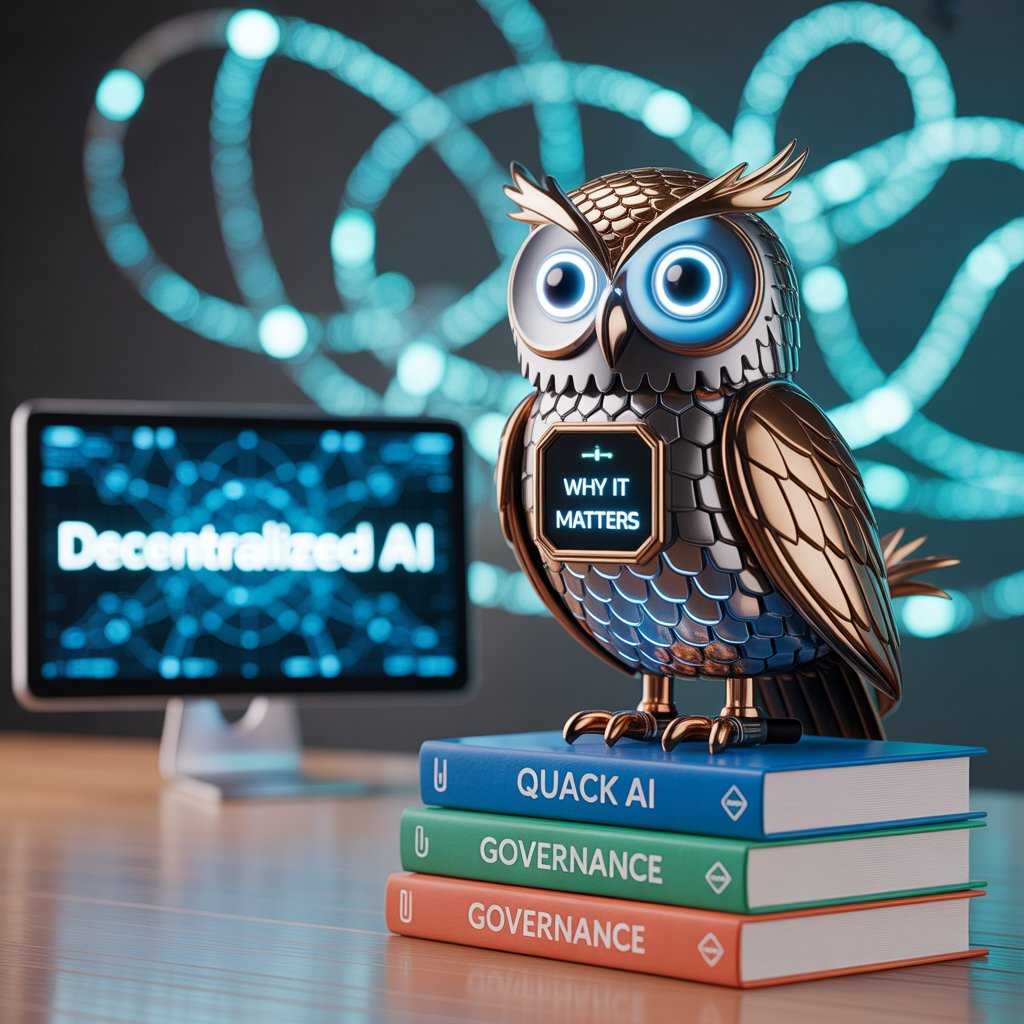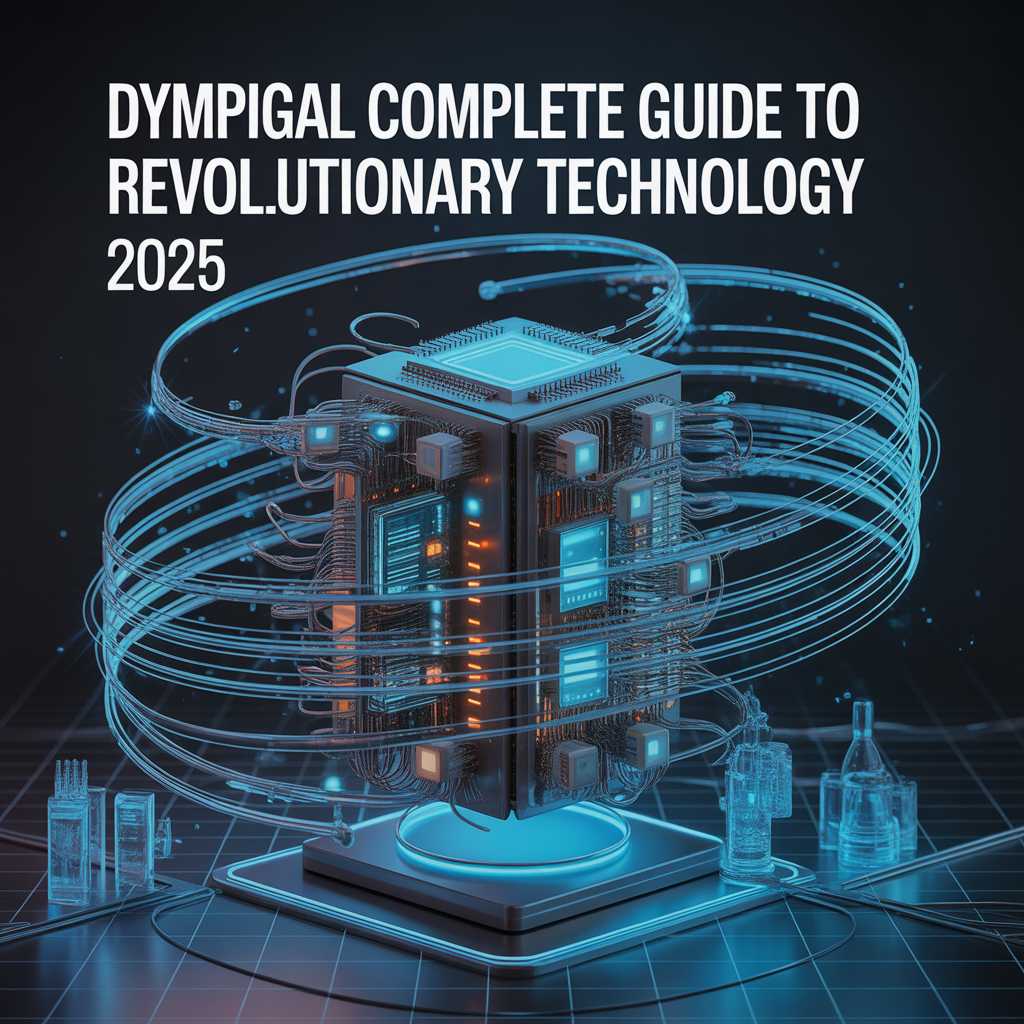Artificial intelligence is no longer a futuristic idea it powers financial systems, health care, policing, education, and even how governments make decisions. With this growing influence, the need for effective governance has never been more urgent. But a troubling trend has emerged quack AI governance.
Quack AI governance refers to regulatory frameworks that look strong on paper but fail in practice. They use impressive language, polished policies, and symbolic oversight to reassure the public, yet they lack enforcement mechanisms, transparency, and accountability. This creates a false sense of security while allowing companies and governments to use AI with minimal checks.
Why does this matter? Because weak governance can magnify risks instead of reducing them. It enables data exploitation without consent, allows algorithmic bias to deepen inequality, and undermines trust in institutions when decisions remain opaque. At a global level, governance gaps create opportunities for firms to engage in regulatory arbitrage, moving development to places with the least oversight.
Understanding Quack AI Governance
In governance, the word “quack” comes from the medical industry, where quack practitioners sell useless treatments that promise amazing outcomes. In the same way, quack AI governance uses regulatory methods that offer full oversight but just give the appearance of it. These frameworks usually have a lot of material and ideas that sound good, but they don’t have the specific tools that are needed to make sure compliance or measure effectiveness.
Policies that put flexibility ahead of clarity are a common sign of quack AI governance. This lets companies interpret requirements in ways that reduce their responsibilities. These frameworks don’t provide clear standards for algorithmic fairness or data protection. Instead, they use ambiguous terms like responsible innovation or ethical AI development.This lack of clarity serves many political reasons. It lets lawmakers say they’re addressing public concerns without having to do the hard work of making clear, enforceable rules.
The attractiveness of symbolic governance goes beyond just being politically useful. Real AI regulation needs a lot of technical knowledge, continual monitoring mechanisms,ceramic capacitor uses tech talk and the political resolve to stand up to big tech companies.But this way of thinking about AI systems and their potential for good and bad is fundamentally wrong.
The Importance of AI Governance
Good AI governance is society’s best protection against the misuse of technology that is getting more and more powerful. AI is different from other technical revolutions because it can make decisions on its own. This implies that failures in governance can effect millions of people at once, frequently without their awareness or agreement. Strong rules defend basic human rights by making sure that AI systems respect privacy, don’t lead to unfair outcomes, and are open about important judgments.
AI governance has economic effects that go beyond protecting consumers. It also includes fair competition and incentives for innovation. Established tech corporations can utilize AI systems to make competitive advantages that are impossible to overcome if they aren’t properly watched. This stops new ideas from coming up and gives them too much power in the market. Good governance makes it possible for smaller businesses and startups to compete on the quality of their offerings instead of their ability to get around rules.
Public trust is perhaps the most important thing for AI to be effective. People need to trust that AI systems that touch their lives, like those in health care, criminal justice, or the workplace, are fair and open. You can’t just presume this trust; you have to earn it by always being accountable and attentive to public concerns. Quack governance breaks this confidence by making promises of protection that don’t always come true.
Signs of Quack AI Governance
Finding a quack AI governance necessitates meticulous scrutiny of the disparity between articulated aims and actual execution frameworks. One of the most telling signs is policies that set out broad ideas but don’t say how those principles should be put into action. For instance, a rule might say that AI systems must be “fair and unbiased,” but it wouldn’t say what bias is or how to measure fairness across different groups and situations.
Another sign of inadequate governance systems is when companies depend too much on self-regulation. While participation from businesses is helpful in setting technological standards, regulatory frameworks that rely on enterprises to regulate themselves generate clear conflicts of interest. This strategy is based on the idea that business interests are the same as the public good, which is not always true in other areas of business.
The lack of effective enforcement tools shows that many AI governance attempts are just for show. For regulation to work, there must be clear punishments for not following the rules, regular audits, and committed resources for supervision tasks. Policies that don’t include these parts are more like suggestions than legal requirements.
When multiple authorities or jurisdictions set different rules, businesses might use these differences to get out of having to follow all of them. This fragmentation makes it harder to deal with AI systems that work in more than one field or area.
Risks of Weak or Quack Governance
Data Exploitation and Lack of Consent
The effects of poor AI governance go far beyond just worries about how well regulations work in theory. Data exploitation is one of the most imminent threats because insufficient oversight lets firms collect, utilize, and make money off of personal information without getting meaningful consent or setting limits.
Algorithmic Bias and Systemic Inequities
When AI systems make judgments on jobs, loans, health care, or the criminal justice system, algorithmic bias creates systemic dangers that get worse over time. These technologies can make existing social inequities worse and keep them going if there isn’t strong governance that requires bias testing and mitigation.
Transparency and Accountability Challenges
AI systems that aren’t clear about how they work make it hard for people to hold them accountable, which hurts democracy and individual rights. People can’t question AI systems’ judgments that influence their lives or get them fixed if they don’t comprehend how they work. This lack of transparency is especially problematic when AI systems have to make important choices concerning benefits, parole, or medical care.
Market Concentration and Political Influence
By controlling AI systems, these firms can change markets, change the way people talk about things, and even change the way politics works. This concentration can hurt competitive markets and democratic institutions if there aren’t sufficient governance structures in place.
Global Regulatory Gaps and Governance Arbitrage
International regulatory gaps allow firms to move their AI development work to places with less scrutiny, which is a kind of “governance arbitrage.” As regions seek to attract technological investment by offering more lenient regulatory regimes, this dynamic puts pressure on a race to the bottom in AI regulation.
Real-World Illustrations
Healthcare AI shows very clearly how bad governance may lead to bad results. Some AI diagnostic tools have been used in hospitals, but they haven’t been tested enough to make sure they don’t favor certain groups of people. These systems sometimes work well for most people, but they consistently do worse for minority patients, which keeps healthcare inequities going. The rules that made these deployments possible typically relied on the industry certifying itself instead of getting outside verification.
Financial services show how bad governance lets unfair acts happen while still allowing for plausible deniability. AI lending systems have been shown to make decisions that unfairly affect protected groups while technically not breaking any rules. Also, inadequate governance frameworks generally don’t have the technical know-how needed for good oversight.
Companies can say they follow broad anti-discrimination legislation while utilizing AI systems that make biased decisions based on proxy variables and biased training data.
Facial recognition tech tales pro-reed in public places shows how governments can use AI systems even when their rules aren’t very strong. Many communities have put these systems in place without giving much thought to how accurate they are for different demographic groups, how they store data, or how they could be misused. Without strong governance, there is a risk of mass surveillance and erroneous identification, especially for people who are already at risk.
When it comes to moderating information on social media, weak international regulation lets corporations use various rules in different areas. In countries with higher governance, platforms may have tougher rules about what kinds of content are allowed. In areas with poorer control, they may allow more problematic content. This method gives businesses the most freedom, but it doesn’t always safeguard users.
Strong vs. Quack Governance
1. Clear and Measurable Goals
- Effective governance sets specific, quantifiable objectives instead of vague ideals.
- Regulations define fairness with testing procedures to ensure applicability across diverse contexts.
2. Accountability and Enforcement
- Good frameworks assign clear responsibility at every level.
- They require frequent audits, impose real penalties for violations, and allow people to challenge harmful AI decisions.
3. Meaningful Transparency
- Strong governance provides tailored transparency for different groups.
- Regulators need technical details, while affected citizens need plain explanations of how AI works.
4. Adaptability to Change
- Effective policies remain flexible, updating with new evidence, risks, or technologies.
- They balance predictability for businesses with the flexibility needed to manage emerging challenges.
5. Inclusive Participation
- Strong frameworks involve not just governments and industries, but also civil society, independent experts, and affected communities.
6. Real-World Example: The EU AI Act
- The European Union’s planned AI Act demonstrates strong governance principles.
- It introduces risk-based rules, special duties for high-risk systems, and significant fines for violations.
- Though not perfect, it shows how governance can combine clear standards with innovation.
Pathways to Robust AI Governance
To build good AI governance, you need to stick to a few fundamental concepts and practices throughout time. Regulatory frameworks need to be created through processes that include a wide range of points of view and areas of competence. This comprises not just technical specialists and industry representatives, but also civil society groups, communities that have been affected, and independent researchers who can find problems and risks that businesses might not see.
Enforcement mechanisms need to have enough resources and capacity to do real oversight. This necessitates dedicated financing for regulatory authorities, specialized personnel with technical skills, and legal ability to do audits, investigate complaints, and impose penalties. Even well-designed rules become exercises in symbolic government without these resources.
As AI systems work across boundaries and authorities, international cooperation becomes more and more necessary. Strong governance frameworks should have ways for sharing information, working together on enforcement actions, and setting standards that are the same where they are needed. This cooperation can help stop regulatory arbitrage while yet respecting the real distinctions between how different countries handle AI governance.
Governance frameworks stay up to date with AI technology by being constantly monitored and changed. This includes regularly checking how well regulations work, systematically gathering data on how AI systems work and what they do, and ways to change rules as new information or hazards come to light.
For AI systems to be run democratically, people need to be educated and involved in the process. If people don’t know how AI systems work and how they affect their lives, they can’t effectively take part in governance processes or hold institutions accountable. Strong governance frameworks should have rules for openness and public education.
Role of Public Awareness and Civil Society
Civil society groups are very important for stopping and exposing bad AI governance. These groups frequently have the independence and knowledge to find the differences between what regulators say they will do and what they actually do. They can do research, keep records of injuries, and push for improved protections in ways that are different from yet nevertheless work with government monitoring.
Watchdog groups that focus on AI governance can keep an eye on how well regulations are working and how well businesses are following them. These committees may keep an eye on how policies are being put into place over time, spot new hazards, and give early warning when governance goes wrong. Their work is especially useful in complicated technological fields where traditional media may not have the knowledge to cover the subject well.
People can learn about their rights and interests when it comes to AI systems through public education campaigns.Educated public participation can fight back against the industry’s attempts to make rules less strict by making them harder to understand or by getting the government to do what the sector wants.
Legal activism and strategic litigation can assist make unclear regulatory requirements clearer and set examples for how to implement them. Civil society organizations with legal knowledge can fight against inadequate governance and press for tighter interpretations of the rules that are already in place.
The Future of AI Governance
Global trends in AI legislation show that people are starting to realize that greater governance frameworks are needed, although the execution is still unequal. Big jurisdictions are developing detailed rules for AI, which could serve as examples for other areas. However, this also raises concerns about regulatory fragmentation and international cooperation.
As AI systems becoming more powerful and common, it will probably be harder to find a balance between encouraging innovation and keeping an eye on it. Good governance frameworks shouldn’t stop good innovation from happening, but they should stop bad applications from happening. This necessitates sophisticated methodologies capable of differentiating between various categories of AI systems and applications.
New types of governance are putting more and more emphasis on outcomes-based regulation instead of strict technical criteria. These methods aim to stop certain types of harm while letting companies choose how to comply. This trend shows that more people are realizing that specific technical rules become useless very soon when technology changes swiftly.
Building Tomorrow’s AI Oversight Today
The difference between real AI governance and a fake version of it will decide if AI is good for people or if it causes problems and inequity. Quack AI governance gives the false impression of control while making society more open to the possible evils of AI. The first step toward demanding better ways is to recognize the warning signals of symbolic regulation, which include ambiguous rules, weak enforcement, industry capture, and the exclusion of affected groups.
For strong AI governance, many different groups need to stay committed over time. Policymakers should avoid the need to make symbolic gestures and instead focus on creating clear, enforceable rules. Technology corporations need to stop regulating themselves and start being truly accountable. Civil society groups need to keep an eye on things and push for good oversight.
The opportunity to create good AI governance is still there, but it won’t be forever. As AI systems get stronger and become more important to essential infrastructure, the price of failing to regulate them will go up by a huge amount. The decision to choose between fake and real AI governance is one of the most important policy choices of our time. Getting it correctly could be important for the future of democratic democracies.
FAQs
What is AI governance?
AI governance refers to the frameworks, policies, and practices that ensure artificial intelligence is developed and deployed in a safe, ethical, and transparent manner. It is focused on mitigating risks, ensuring accountability, and aligning AI systems with societal values.
Why is AI governance important?
Without effective governance, AI systems could pose significant risks to privacy, fairness, security, and democracy. Proper governance ensures that AI technology benefits society while minimizing potential harm.
What are the challenges of implementing AI governance?
Challenges include the rapid pace of AI development, lack of international consensus, balancing innovation with regulation, and ensuring transparency in how AI systems make decisions.
Who is responsible for AI governance?
AI governance requires collaboration between governments, technology companies, researchers, and civil society. Each stakeholder has a role in shaping policies and ensuring ethical AI practices.
What happens if AI governance fails?
Governance failures could lead to misuse of AI, widespread discrimination, privacy violations, and even threats to democratic processes. The consequences could be severe and long-lasting, affecting societies globally.
How can individuals contribute to AI governance?
Individuals can stay informed about AI developments. They can advocate for ethical practices. People can hold institutions accountable. They can support organizations promoting responsible AI implementation




